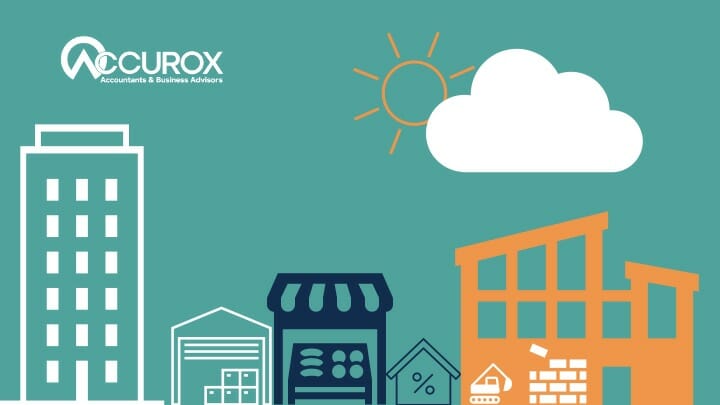The previously delayed VAT Domestic Reverse Charge (DRC) comes into effect on March 1st, 2021. The DRC is essentially a change in the way VAT is handled for some construction services and the materials used, where they are supplied directly by construction and trade businesses. According to HMRC, the reason it is being introduced is to reduce fraud in the building and construction industries.
How the VAT Domestic Reverse Charge Affects Your Business
To clarify, DRC it is an extension of the CIS (Construction Industry Scheme) and applies to transactions between contractors and sub-contractors. It dictates that the recipient, though not the final customer (i.e. the person or body who will use the building or improvements), of construction services and goods account for the VAT to HMRC rather than paying it to the supplier. DRC only applies domestically and not to services overseas.
Who Does the Domestic Reverse Charge Apply to?
HMRC’s website explains the VAT reverse charge applies to sub-contractors who answer yes to all the following questions:
- Are any of the supplies you are making within the scope of the CIS?
- Is the supply standard or reduced-related?
- Is your customer VAT registered?
- Will you payment be reported under CIS?
- Are you sure the customer is not an end user?
- What Does the Domestic Reverse Charge Apply to?
We’ve made this flowchart to make it easy to work out what DRC applies to.
What can you do to prepare?
Develop a system to check whether your sales or purchases qualify to be processed under the new rules. This entails ensuring all relevant staff have a good understanding of what falls into CIS and the reverse charge. In addition, you will need to identify the end user for the reverse charge.
Review and update accounting systems to process the reverse charge. If you are using Xero, you will have a head start here, as Xero have introduced a DRC feature that will help you to calculate DRC without error, to file and keep you updated on changes.
Use one VAT system for any subcontractor in order to avoid confusion.
Construction businesses can become dependent on VAT to ease cashflow until it is recovered by HMRC. Assert control of your cashflow with clear and accurate cashflow forecasting to wean your business off this dependency.
For further information read HMRC’s guidance on DRC. Equally, contact us here. We will be happy to go through it with you in the context of your particular circumstances.








